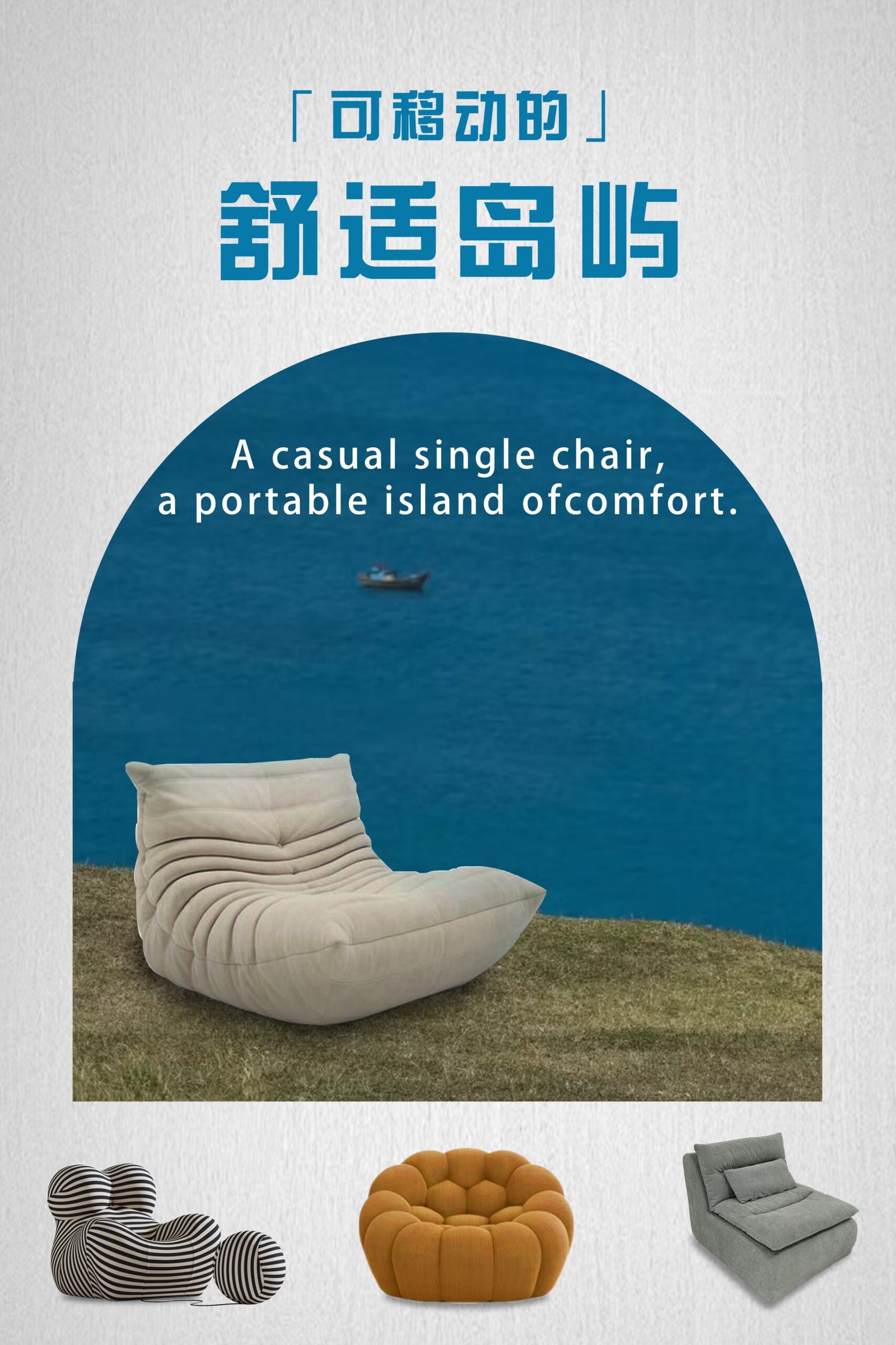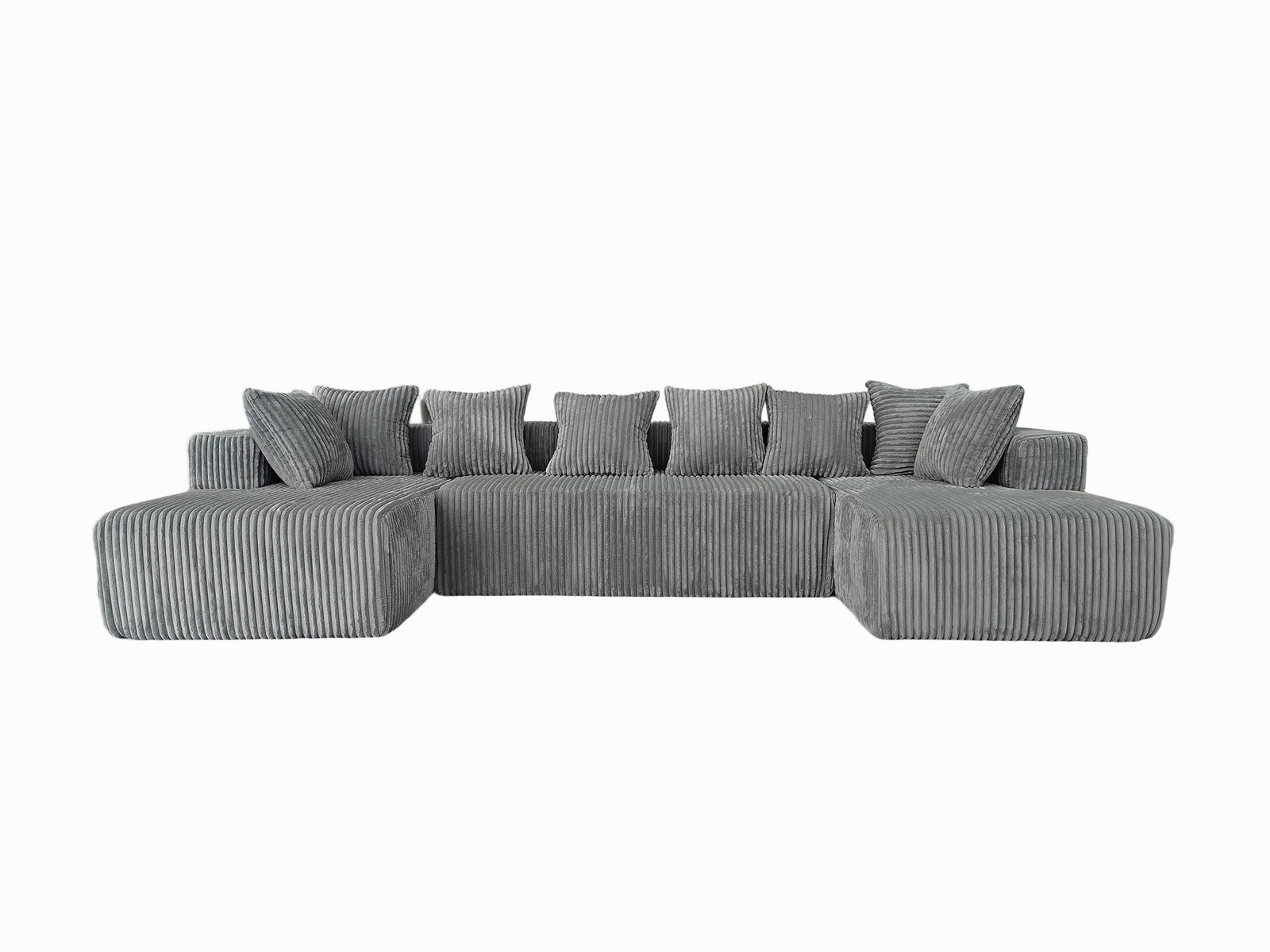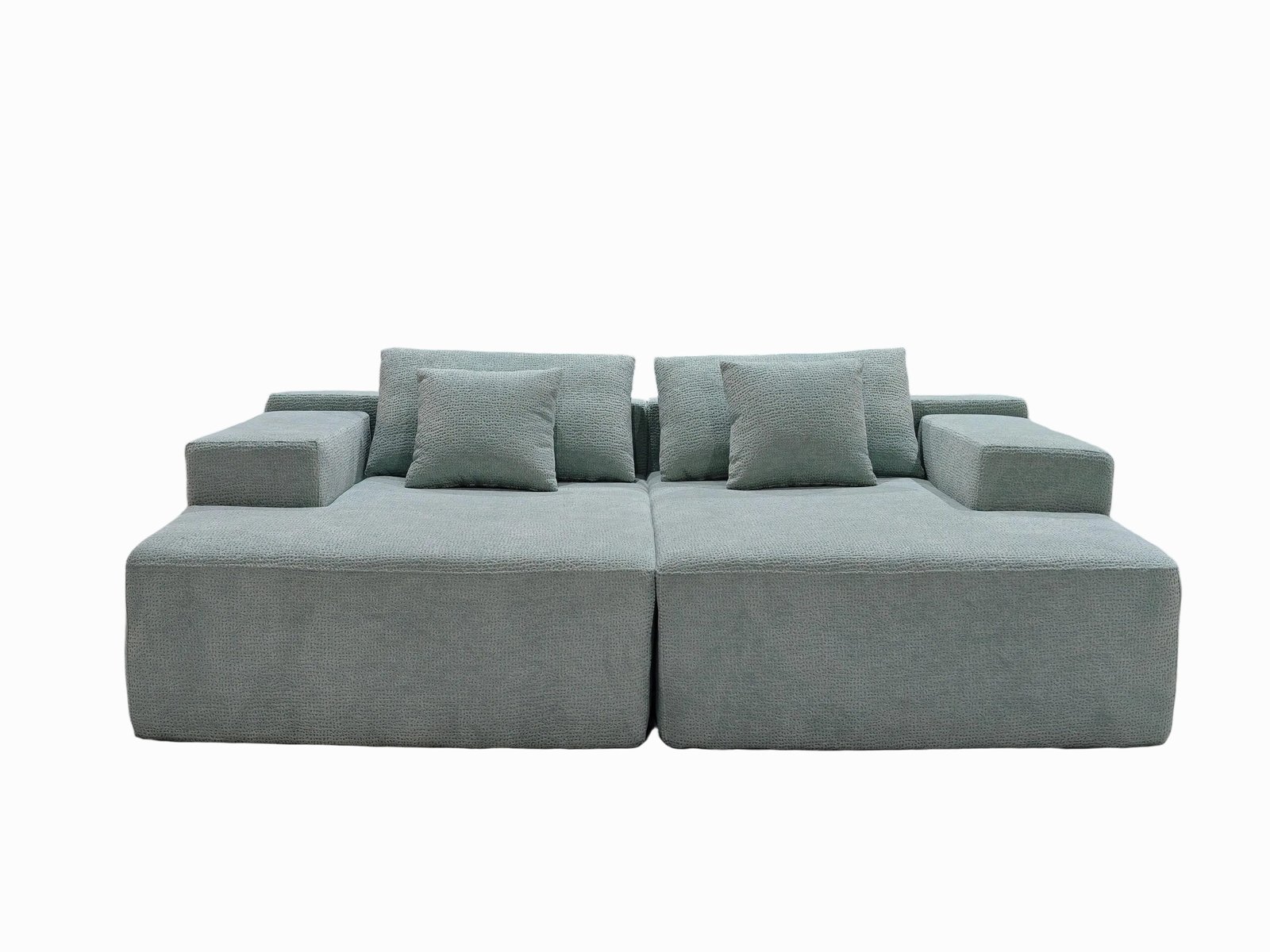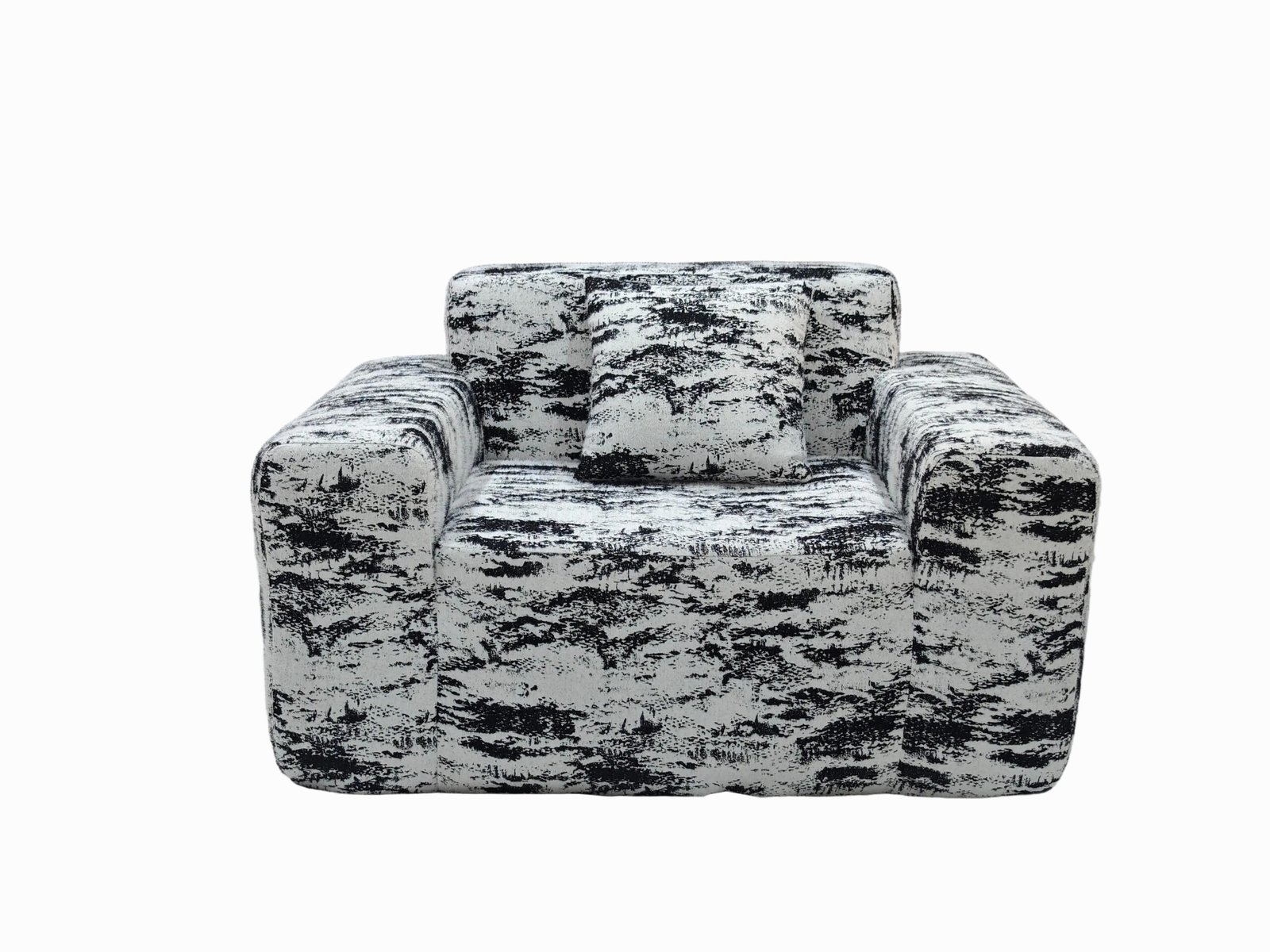
Compressed sofas save space and shipping costs—but are they safe? That’s the concern. Suppliers must meet strict quality and safety standards to earn customer trust.
Compressed sofa suppliers ensure product safety through smart material selection, advanced compression tech, strict testing, and packaging systems designed to protect structural integrity during transport and use.
Let me show you how real suppliers build safety into every step, from design to delivery.
How do suppliers choose safe materials?

If the foam collapses or the fabric releases toxins, customers complain or worse—they get hurt. That’s the risk. Safe sofas start with safe inputs.
Suppliers select high-density foam, hypoallergenic fabrics, and eco-certified components that can survive compression and long-term use without releasing harmful substances.
At HSM, we only use REACH-compliant foam and OEKO-TEX certified fabrics. That means no heavy metals, no harmful off-gassing, and safe skin contact.
Common Safety-Certified Materials
| Material | Safety Standard | Benefit |
|---|---|---|
| High-density foam | CertiPUR-US | No formaldehyde or phthalates |
| Polyester fabric | OEKO-TEX 100 | Skin-safe and washable |
| Wood/Frame | FSC-certified | Sustainably sourced, structurally tested |
| Adhesives | Water-based | No VOC emissions |
We run flame resistance tests, tear strength tests, and chemical screenings on every batch before production starts.
How does compression affect product safety?

Sofas are crushed to 30% of their original size. So how do you keep the foam from breaking, the frame from cracking, or the fabric from tearing?
Suppliers use controlled, sensor-equipped compression machines that monitor pressure and maintain even force across the sofa to prevent structural damage.
We calibrate our compression line weekly and run simulations using 3D CAD before a new model enters production. This ensures every sofa decompresses safely and retains full support.
Compression Safety Checklist
- ✅ Pressure sensors to prevent over-compression
- ✅ Sealed in moisture-barrier plastic to avoid mold
- ✅ Reinforced foam core for shape memory
- ✅ Spring-lock mechanisms for stable frame rebound
- ✅ Quality wrap that prevents surface abrasion
If the sofa doesn’t pass recovery tests after 24 hours in storage, it never reaches the customer.
What testing procedures verify sofa safety?

Customers can’t see inside a sofa, so testing is the only way to prove safety.
Suppliers test sofas for weight limits, compression cycles, fire resistance, and chemical emissions—before and after packaging—to confirm long-term safety and performance.
I personally review lab reports before we ship new batches. We simulate 10 years of sitting in under 3 hours using fatigue machines.
Key Safety Tests for Compressed Sofas
| Test Type | Purpose |
|---|---|
| Static load test | Verifies the sofa supports 250–350kg with no deformation |
| Compression recovery test | Measures shape retention after vacuum seal |
| TB117 fire test | Meets flammability requirements (CA standard) |
| VOC emissions test | Ensures foam and adhesives don’t emit harmful gases |
| Drop test (packaged) | Simulates shipping accidents to test durability |
We video every testing session for documentation and quality claims. Buyers love the transparency.
How do suppliers prevent damage in transit?

A compressed sofa is only safe if it arrives safely. Bad packaging causes dents, stains, and returns.
Suppliers use moisture-proof wrap, multi-layer cartons, impact-absorbing corners, and vacuum-seal bags to prevent physical or chemical damage during transit.
We developed our 5-layer box after studying shipping damage reports from 20 global clients. It reduced dented corners by 93%.
Safe Packaging Components
| Layer | Function |
|---|---|
| Inner wrap | Keeps dust and moisture out |
| Vacuum bag | Shrinks size and adds shape stability |
| Foam edge protectors | Absorb shock from drops |
| Outer carton | Corrugated, crush-proof box |
| Security tape + QR tag | Tamper-proof seal with tracking |
This layered approach keeps every sofa safe from China to Canada.
Do customers know how to unpack safely?

The safest product can still fail if customers open it wrong. That’s the overlooked risk.
Suppliers provide step-by-step guides, QR-code video instructions, and safety warnings in every box to help users decompress and assemble without injury or product damage.
We once had a customer cut through the vacuum bag with scissors and damage the upholstery. Since then, we’ve included a safety knife and printed instructions on the box.
Customer Safety Materials
- 📦 Printed "Do Not Cut Deep" icon on packaging
- 📱 QR-code links to unboxing video
- 📘 Step-by-step illustrated guide
- 🛠 Tool-free design to reduce assembly injuries
- 📞 After-sales support contact printed clearly
The better the unpacking experience, the lower the return rate.
How do suppliers maintain safety over time?

A single safety test isn’t enough. Products must be monitored continuously as they scale.
Suppliers maintain product safety through batch-level testing, internal audits, and continuous improvement systems like ISO 9001 and Six Sigma.
Every 100th sofa is randomly pulled and fully tested. That’s our rule. If it fails, we pause the line and fix the issue immediately.
Ongoing Safety Systems
| System | Function |
|---|---|
| ISO 9001 | Ensures standardized processes and continuous review |
| TQM | Tracks feedback loops to correct minor issues |
| FMEA | Identifies and prevents potential failure points |
| Factory audit reports | Document compliance for global retailers |
Safety isn’t a one-time achievement—it’s a daily discipline. We build it into our routine.
Conclusion
Compressed sofa suppliers protect customers by building safety into every stage—from materials to machine settings to final packaging. It’s not just about saving space—it’s about delivering peace of mind.